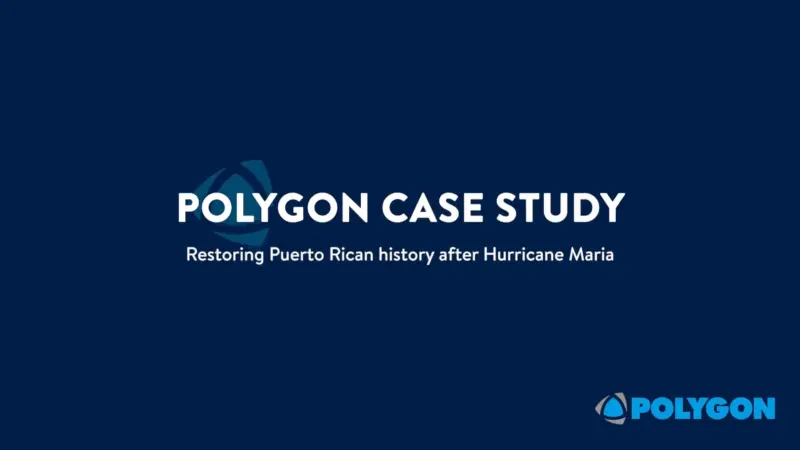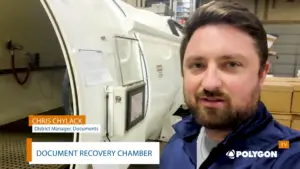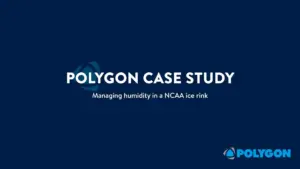Apple’s New Carbon Fiber Reinforced Polymer Roof

Increasingly innovative construction means incorporating composites into the design and construction process. Carbon fiber reinforced polymer (CFRP) is a strong yet light fiber-reinforced plastic often used when strength-to-weight ratio and rigidity are required. Aerospace, automotive, civil engineering, sporting goods, and other consumer and technical applications are being found for these fantastic materials, and one of those new applications is roofs.
In October, Apple opened its new flagship store in Chicago on North Michigan Avenue overlooking the Chicago River. Unique to this new building is its 111 x 98 ft. CFRP roof. It has a maximum depth of 3-4 feet and, according to Apple, “was designed to be as thin as possible. Aesthetically, the thin roof cover makes the store resemble a giant MacBook. The entire structure is supported by four interior pillars that allow the 32-foot glass facades to remain unobscured.”
This was actually the second time Apple chose to go with CFRP. The first was when they built a new theater on its California campus earlier this year. What’s most notable, though, is that it’s the largest CFRP roof ever produced. This circular roof, made of 40 identical 70 x 11 ft. panels, is a little over 140 feet in diameter and weighs 80 tons. This just goes to show you what can be done with high-quality composites.
CFRP gives your roof a unique appearance while providing an excellent strength-to-weight ratio, superior fatigue properties, high heat tolerance, and is corrosion-resistant with proper resins. The strongest carbon fiber is 10 times stronger and five times lighter than steel and eight times stronger and 1.5 times lighter than aluminum. It also works well with a variety of materials—fiber, plastics, metals, wood, and concrete—and with complex contours and designs. These qualities, from strength to great aesthetics, make CFRP a great choice for a roof.
CFRP parts are usually made by layering sheets of carbon fiber cloth into a mold in the shape of the final product. The alignment and weave of the cloth fibers is chosen to optimize the strength and stiffness of the resulting materials. The mold is then filled with epoxy and heated or air-cured. The resulting part is corrosion-resistant, stiff, and strong for its weight. The strength comes from the carbon fibers, about 90% of which are made from polyacrylonitrile (PAN), with the remaining 10% from rayon or petroleum pitch.







